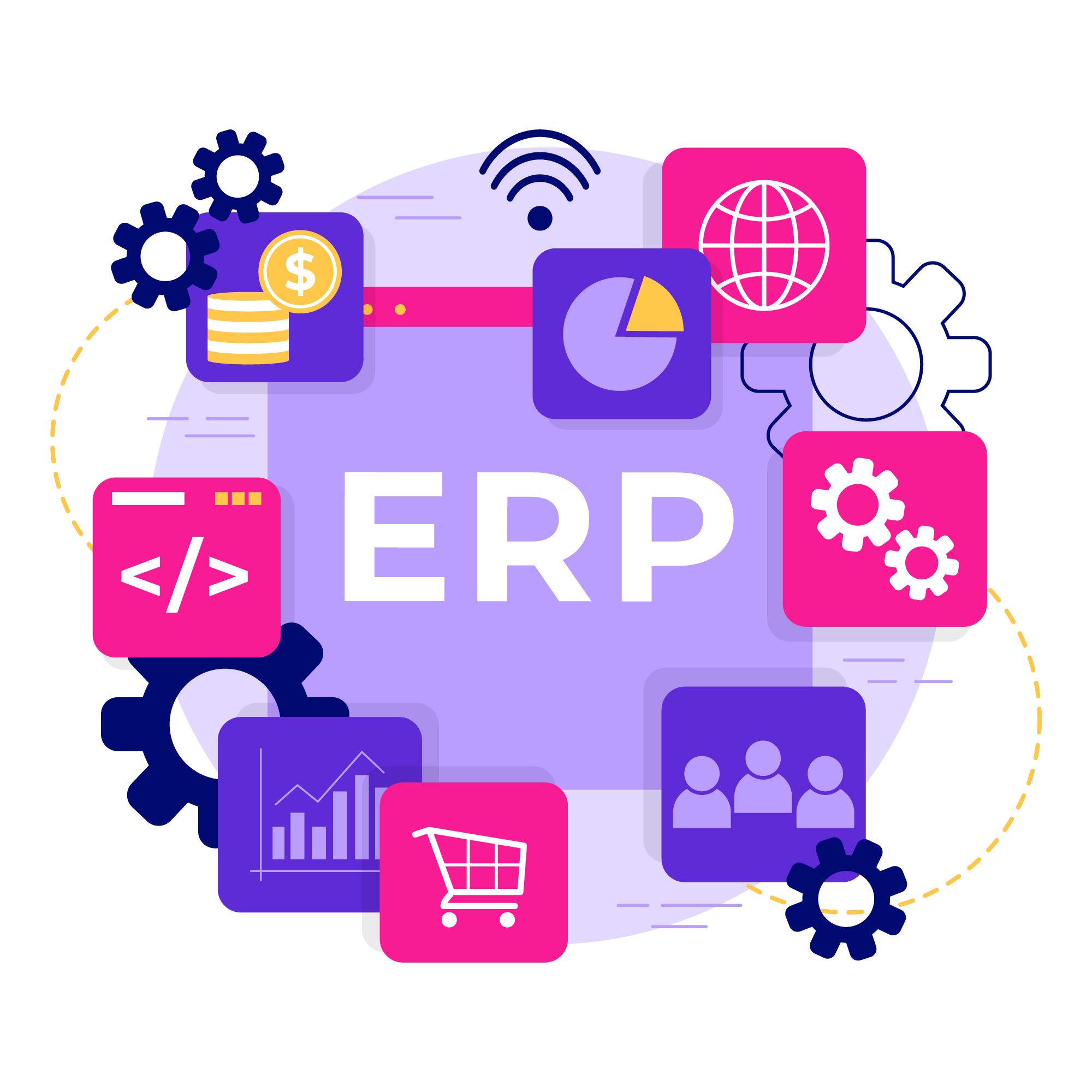Kamatmentes hitel fiataloknak: Itt a munkáshitel!
 A munkáshitel, mint fogalom, sokak számára még mindig homályos területet jelent, pedig a modern pénzügyi világban egyre fontosabb szerepet tölt be. Nem csupán egy egyszerű hiteltermékről van szó, hanem egy olyan komplex pénzügyi eszközről, amely jelentős hatással lehet a munkavállalók életére. A munkáshitel fogalma szorosan összefonódik a munkaerőpiac dinamikájával, a munkavállalók pénzügyi biztonságával és a vállalatok versenyképességével. Mélyebben beleásunk a munkáshitel rejtelmeibe, feltárva annak előnyeit, hátrányait, valamint a legfontosabb tudnivalókat, amelyek segítenek eligazodni ebben a sokszor bonyolult pénzügyi konstrukcióban. Megvizsgáljuk, hogy kik vehetik igénybe, milyen feltételekkel, és milyen célokra használható fel. Emellett kitérünk a munkáltatók szerepére is, hiszen sok esetben ők azok, akik lehetővé teszik a munkavállalók számára a munkáshitelhez való hozzáférést.
A munkáshitel, mint fogalom, sokak számára még mindig homályos területet jelent, pedig a modern pénzügyi világban egyre fontosabb szerepet tölt be. Nem csupán egy egyszerű hiteltermékről van szó, hanem egy olyan komplex pénzügyi eszközről, amely jelentős hatással lehet a munkavállalók életére. A munkáshitel fogalma szorosan összefonódik a munkaerőpiac dinamikájával, a munkavállalók pénzügyi biztonságával és a vállalatok versenyképességével. Mélyebben beleásunk a munkáshitel rejtelmeibe, feltárva annak előnyeit, hátrányait, valamint a legfontosabb tudnivalókat, amelyek segítenek eligazodni ebben a sokszor bonyolult pénzügyi konstrukcióban. Megvizsgáljuk, hogy kik vehetik igénybe, milyen feltételekkel, és milyen célokra használható fel. Emellett kitérünk a munkáltatók szerepére is, hiszen sok esetben ők azok, akik lehetővé teszik a munkavállalók számára a munkáshitelhez való hozzáférést.
A Munkáshitel egy kormányzati támogatás, amelyet a fiatal munkavállalók számára hoztak létre, hogy segítse őket az önálló életük megkezdésében. Íme a legfontosabb tudnivalók:
Ki igényelheti?
17 és 25 év közötti fiatalok (a 26. életév betöltése előtt)
Magyar állampolgárok, vagy azzal egyenértékű státusszal rendelkezők
Magyarországi lakcímmel rendelkezők
Büntetlen előéletűek
Köztartozásmentes (5000 Ft feletti tartozás nélkül)
Nincs KHR-ben (Központi Hitelinformációs Rendszer) negatív bejegyzésük
Legalább 3 hónapos TB-jogviszonnyal rendelkeznek
Rendszeres, igazolható jövedelemmel rendelkeznek
Felsőoktatási intézményben nem rendelkeznek hallgatói jogviszonnyal
Milyen célra használható fel?
A hitel szabadon felhasználható.
A hitel főbb jellemzői:
Kamatmentes hitel
Maximum 4 millió forint igényelhető
Maximum 10 éves futamidő
Szükséges dokumentumok:
Személyazonosító igazolvány, lakcímkártya, adókártya
Utolsó 3 havi bankszámlakivonat (a jövedelem érkezéséről)
30 napnál nem régebbi TB-jogviszony igazolás
30 napnál nem régebbi munkáltatói igazolás (vagy NAV jövedelemigazolás vállalkozók esetén)
90 napnál nem régebbi erkölcsi bizonyítvány
Fontos tudnivalók:
A hitel igénylésekor és a szerződéskötéskor is meg kell felelni a feltételeknek.
18 év alatti igénylő esetén a törvényes képviselő hozzájárulása szükséges.
Nem magyar állampolgár igénylővel kölcsönszerződés a 3 hónapot meghaladó tartózkodási jogosultság fennállásának időtartama alatt köthető.
A hitel folyósításától számított legalább öt évig bejelentett magyarországi lakcímmel kell rendelkezni és dolgozni kell.

 A pénz az emberi társadalmak egyik legfontosabb találmánya. Nem csupán egy tárgy vagy számok halmaza egy bankszámlán, hanem egy eszköz, amely lehetővé teszi a cserekereskedelem hatékonyabb működését. A pénz három alapvető funkcióval rendelkezik: elszámolási egységként segít az árak meghatározásában, csereeszközként egyszerűsíti a tranzakciókat, valamint értékőrzőként lehetővé teszi a vagyon megtartását. Mindez azt jelenti, hogy a pénz nem csupán fizetőeszköz, hanem egy rendszer, amely meghatározza, hogyan cserélünk javakat és szolgáltatásokat egymás között.
A pénz az emberi társadalmak egyik legfontosabb találmánya. Nem csupán egy tárgy vagy számok halmaza egy bankszámlán, hanem egy eszköz, amely lehetővé teszi a cserekereskedelem hatékonyabb működését. A pénz három alapvető funkcióval rendelkezik: elszámolási egységként segít az árak meghatározásában, csereeszközként egyszerűsíti a tranzakciókat, valamint értékőrzőként lehetővé teszi a vagyon megtartását. Mindez azt jelenti, hogy a pénz nem csupán fizetőeszköz, hanem egy rendszer, amely meghatározza, hogyan cserélünk javakat és szolgáltatásokat egymás között.





